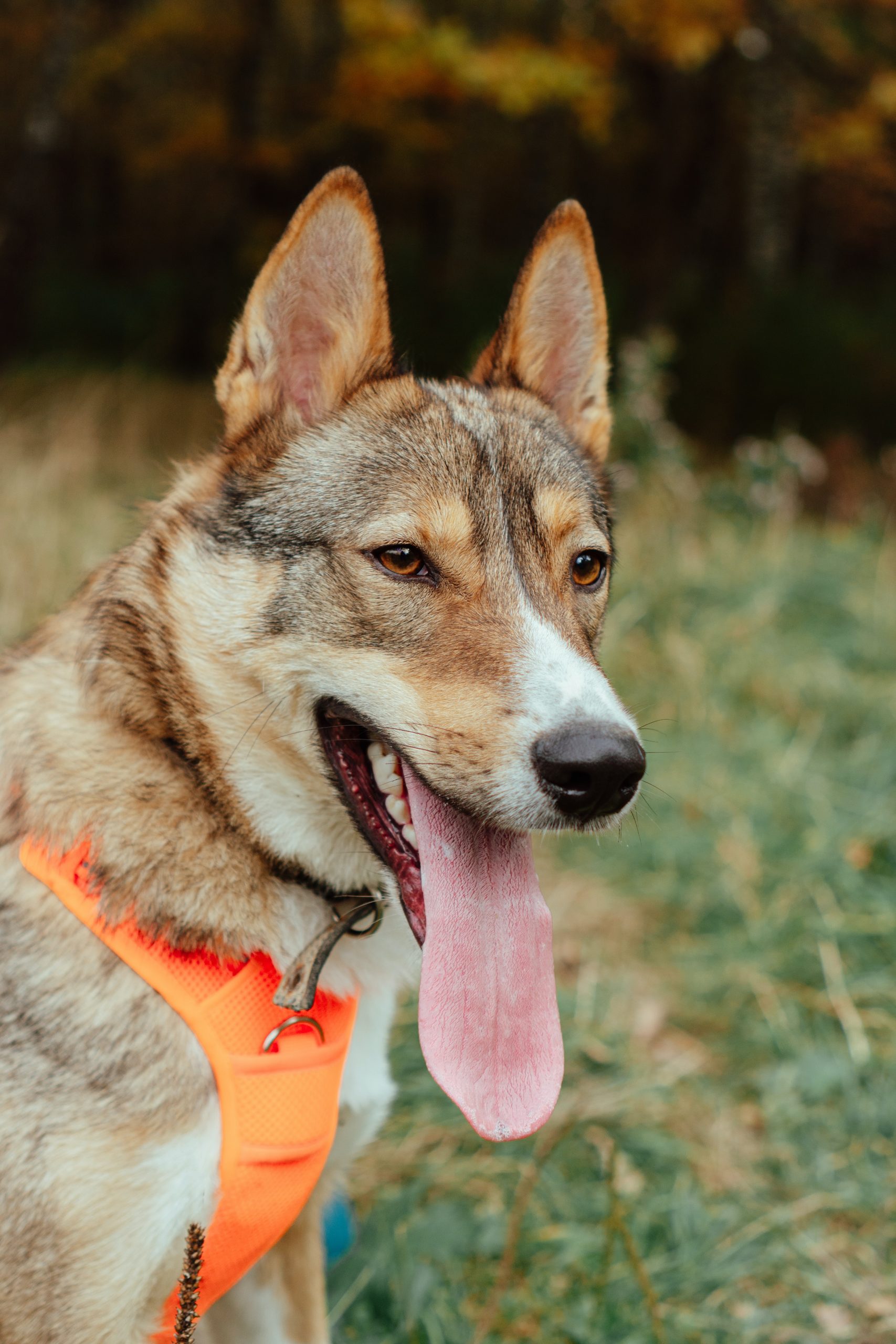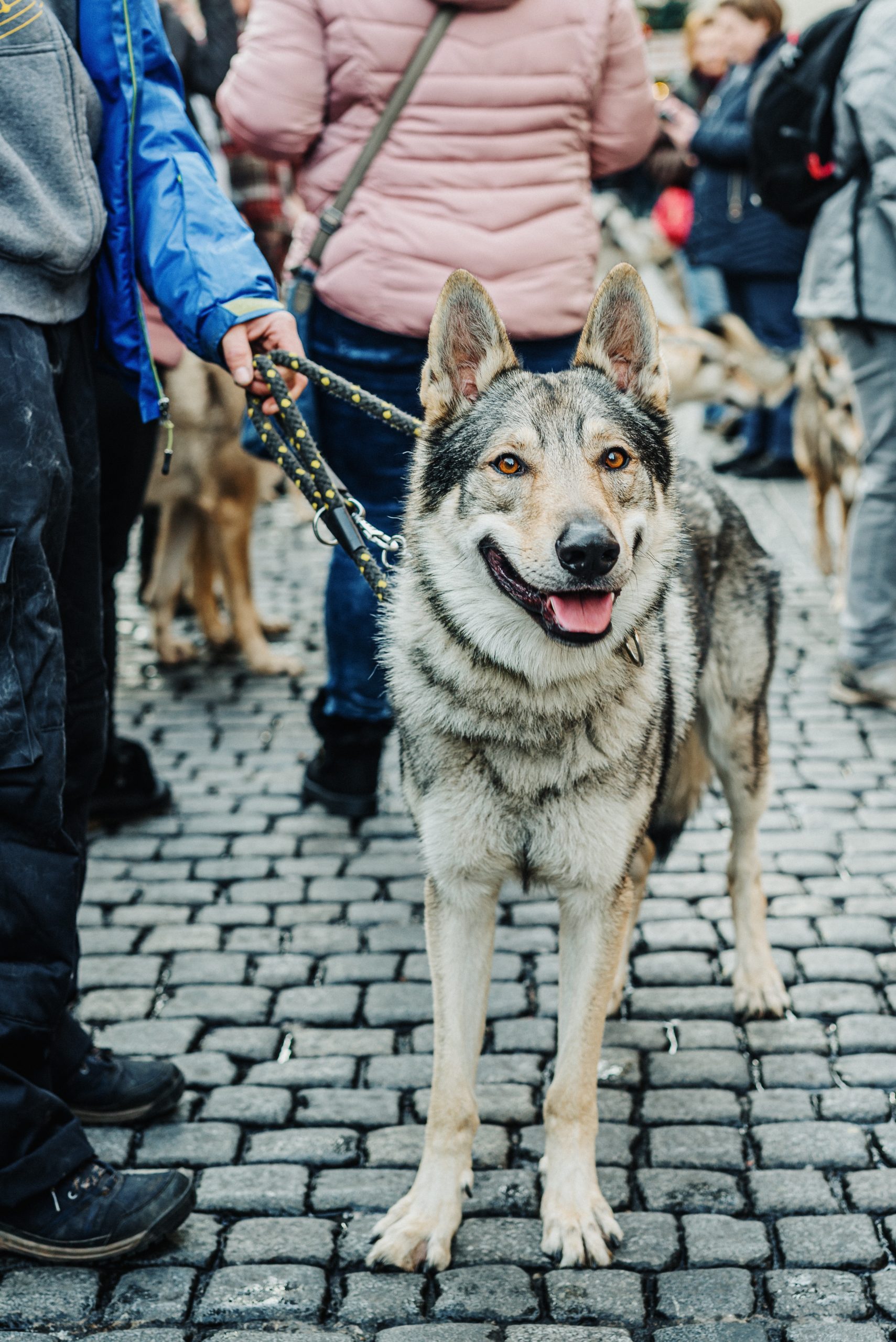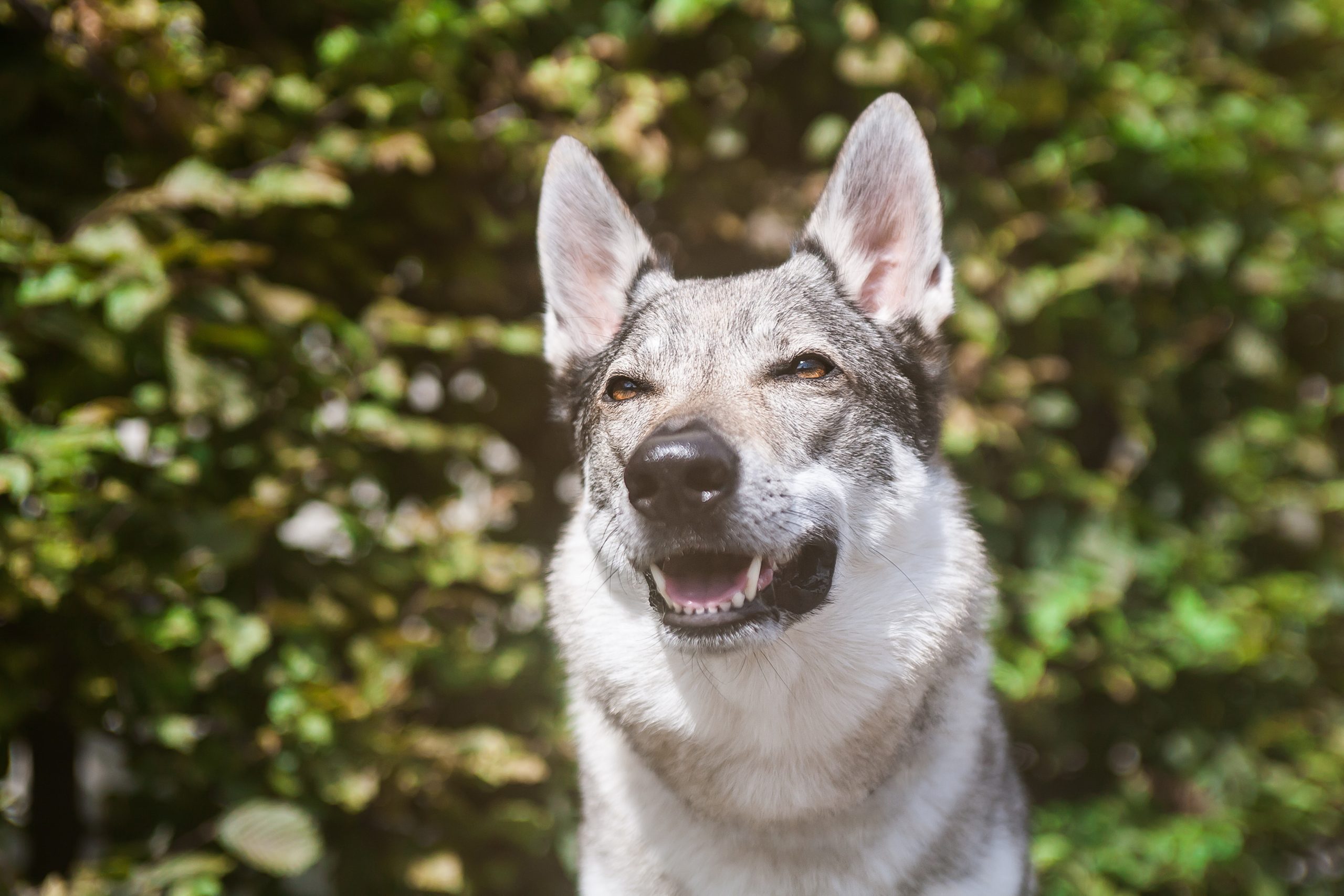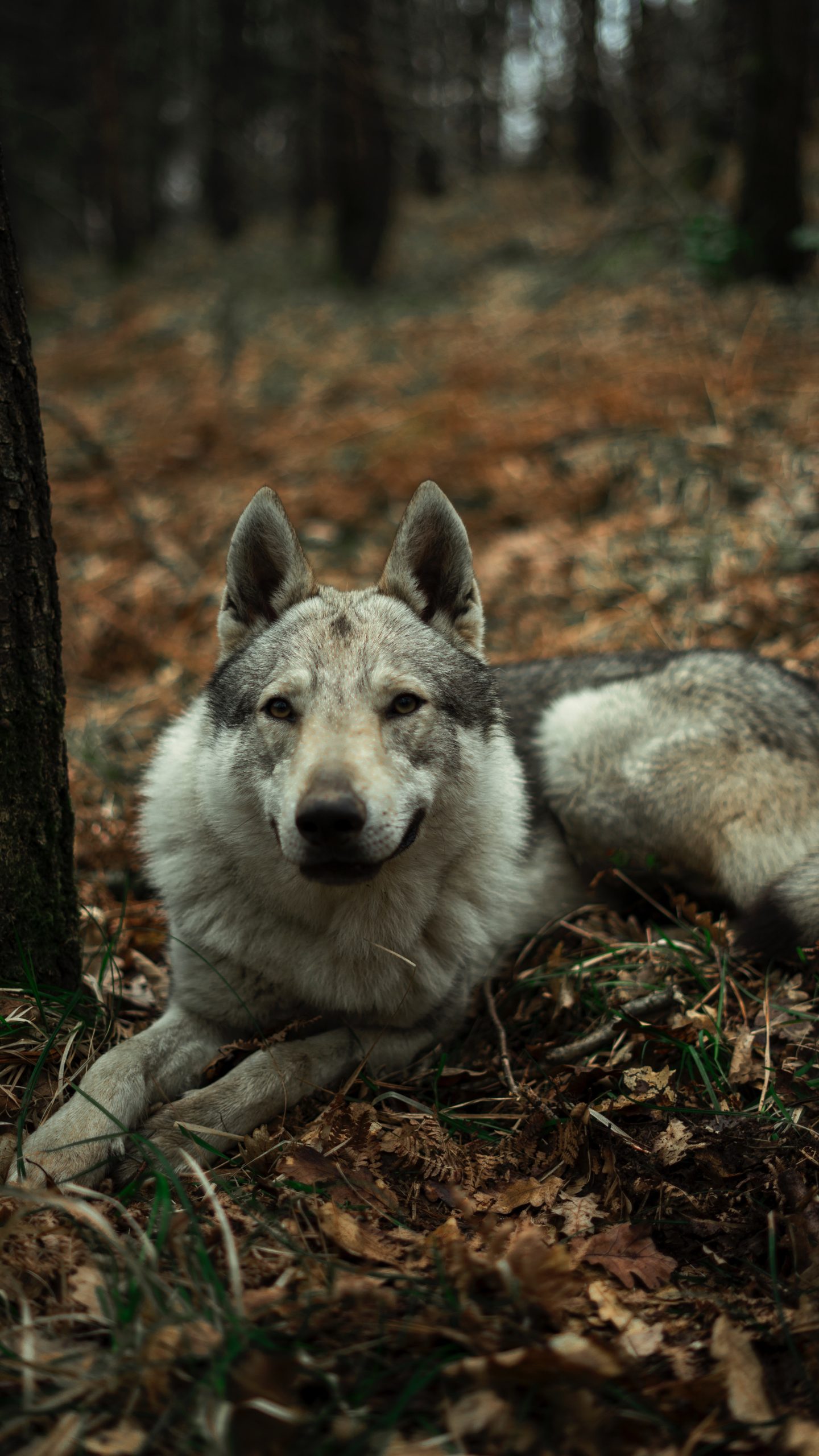Czechoslovakian Vlcak
Average sizes and life
expectancy of the breed.
Height
Minimum: 25.5 males; 23.5 females
Weight
Minimum: 57 males; 44 females
Life Expectancy
12-16 years
Breed Traits & Characteristics
About the Breed

Owning a dog is not just a privilege; it’s a responsibility. They depend on us for, at minimum, food and shelter, and deserve much more. When you take a dog into your life, you need to understand the commitment that dog ownership entails.
 Health
Health
Recommended Health Tests From the National Breed Club:
- Hip Evaluation
- Degenerative Myelopathy DNA Test
- DNA Repository
- Cardiac Evaluation (Optional)
- Pituitary Dwarfism DNA Test (Optional)
- Eye Examination by a board Certified ACVO Ophthalmologist
- Elbow Evaluation
 Grooming
Grooming
 Exercise
Exercise
 Training
Training
 Nutrition
Nutrition
History
A biological experiment involving the crossing of a German Shepherd Dog and a Carpathian Wolf occurred in the CSSR of 1955. The experiment proved that both the offspring of a male dog and a female wolf, as well as those of a male wolf and a female dog, could be raised. The vast majority of the offspring from these matings have the genetic makeup needed to continue breeding. After the experiment was over, a breeding strategy for this new breed was developed in 1965. This was done to mix the advantageous traits of the dog with the useful traits of the wolf.
The general committee of the breeder’s associations of the CSSR at the time recognized the Czechoslovakian Wolfdog as a national breed in 1982.





